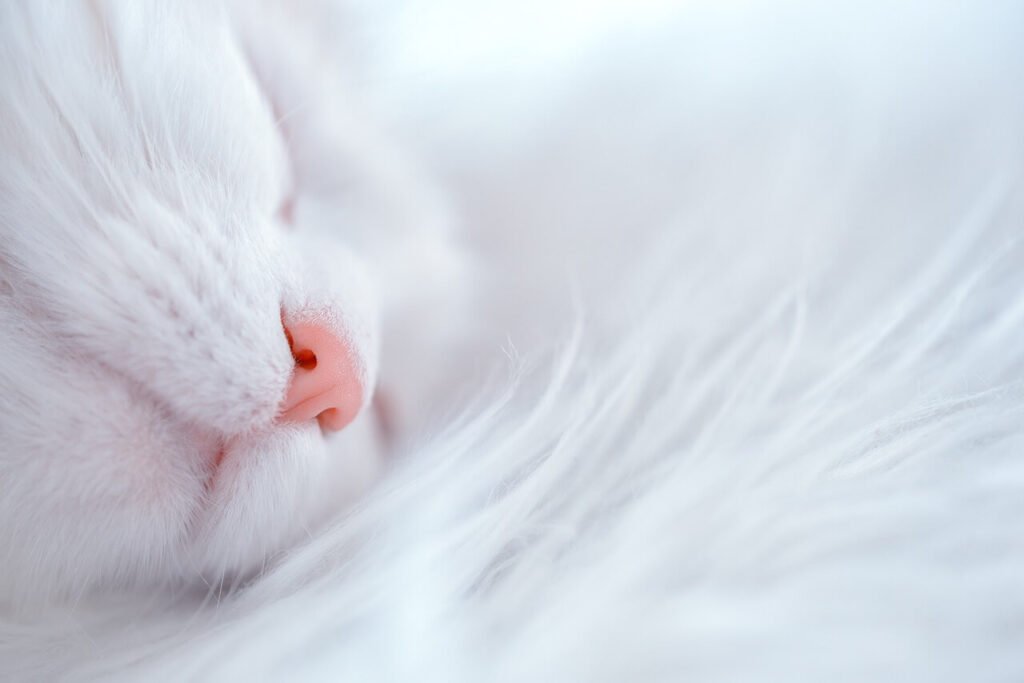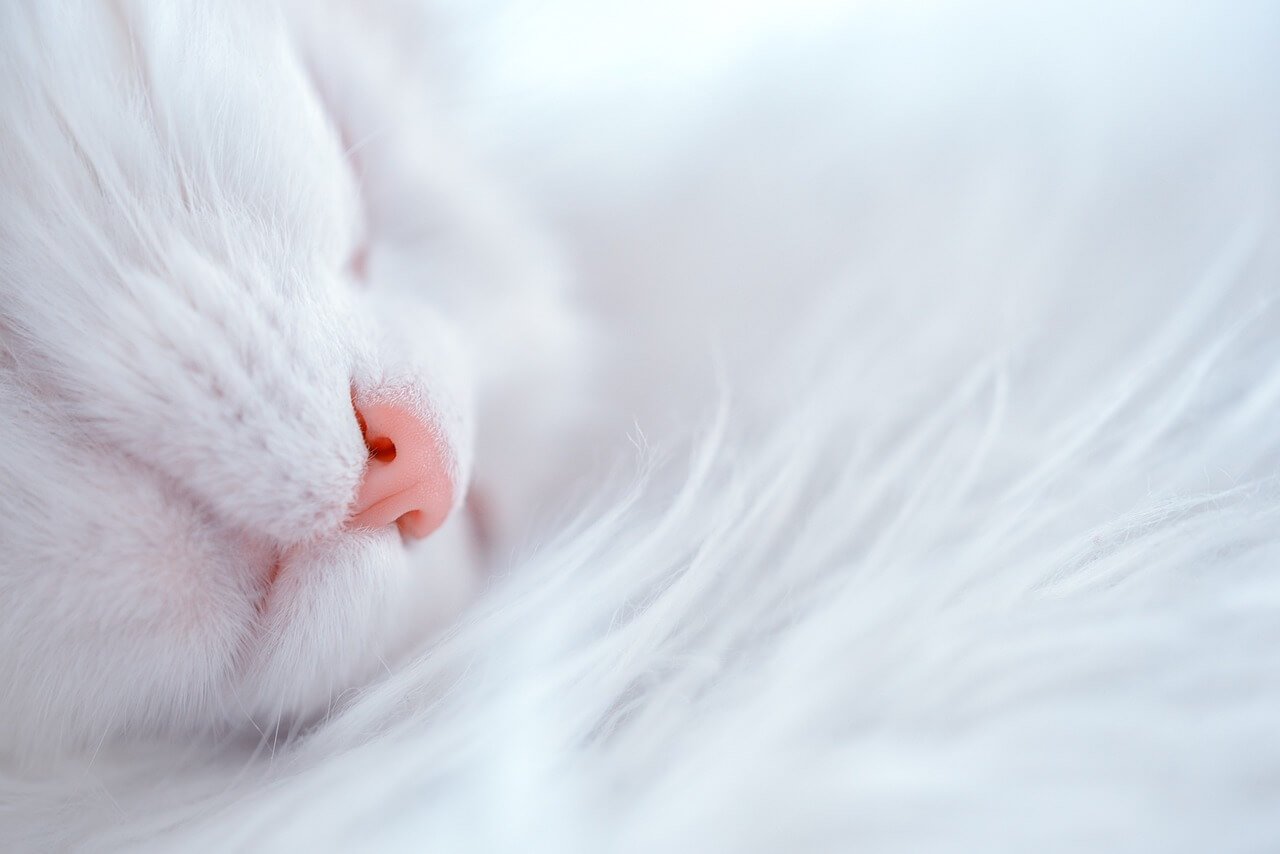Understanding the Art of Scruffing a Cat: A Gentle Guide
Cats are fascinating creatures, known for their independence, elegance, and sometimes unpredictable behavior. As cat owners or enthusiasts, we often find ourselves in situations where we need to handle our feline friends in ways that are both safe and respectful. One such technique is “scruffing,” a method that has sparked debates among pet owners and veterinarians alike. Scruffing involves gently holding a cat by the loose skin at the back of its neck, mimicking how a mother cat might carry her kittens.
While some argue that scruffing can be calming and effective in certain scenarios, others believe it should be avoided altogether. In this blog post, we will explore the nuances of scruffing, its potential benefits, risks, and alternatives, helping you make informed decisions about handling your cat with care.
What Is Scruffing? Exploring the Basics
Scruffing is a technique where a cat’s loose skin at the nape of its neck is gently held or pinched. It’s often used during veterinary exams, grooming sessions, or when a cat needs to be restrained for safety reasons. Here’s what you need to know about scruffing:
- Natural Behavior: Mother cats instinctively use scruffing to carry their kittens when they are very young. This action triggers a calming reflex in kittens, making them easier to handle.
- Temporary Immobilization: When scruffed correctly, a cat may become temporarily still, which can help in situations requiring minimal movement.
- Not Suitable for All Cats: Adult cats may not respond as positively to scruffing as kittens do. Their reactions can vary based on personality, past experiences, and temperament.
- Potential Misuse: Scruffing should never involve excessive force or be used as a punishment. Doing so can lead to fear, aggression, or injury.
- Alternative Techniques Exist: Many experts recommend using other methods, such as gentle restraint with towels or harnesses, instead of scruffing.
While scruffing can serve a purpose in specific contexts, it’s essential to understand its limitations and consider whether it’s truly the best option for your cat. Always prioritize your pet’s comfort and well-being above all else.
The Pros and Cons of Scruffing Your Cat
Like any technique involving animal handling, scruffing comes with advantages and disadvantages. Understanding these can help you decide if and when scruffing is appropriate for your feline companion. Let’s break it down:
Pros:
- Calming Effect in Certain Situations: For some cats, especially younger ones, scruffing can induce a sense of security and calmness.
- Quick Restraint Option: In emergencies, scruffing can provide a fast way to immobilize a cat without causing harm.
- Useful During Medical Procedures: Veterinarians sometimes rely on scruffing to administer injections or perform minor treatments safely.
Cons:
- Risk of Stress or Fear: Many adult cats perceive scruffing as threatening, leading to anxiety or defensive behaviors.
- Physical Discomfort: Applying too much pressure while scruffing can cause pain or even damage delicate tissues.
- Breaks Trust: If overused or done improperly, scruffing can erode the bond between you and your cat, making future interactions more challenging.
In conclusion, while scruffing can be helpful in rare circumstances, it’s crucial to weigh its pros and cons carefully. Always seek professional advice before attempting this technique, especially if you’re unsure about your cat’s tolerance levels.
Check this guide 👉 Why Does My Cat Lick My Face? Best 7 Expert Tips!
Check this guide 👉 Why Does My Cat Not Purr? Best 7 Expert Tips!
Check this guide 👉 Why Cats Love to Lay Down: Best 7 Expert Tips!

When Scruffing May Be Appropriate | When to Avoid Scruffing Completely |
|---|---|
Calming an overly excited kitten | Handling aggressive or fearful adult cats |
Administering quick medical treatments | Cats with previous negative experiences |
Emergency situations requiring restraint | Senior cats or those with health issues |
Brief grooming tasks | Cats showing signs of discomfort |
Under supervision of a vet | Using scruffing as a form of punishment |
Alternatives to Scruffing: Safer Ways to Handle Your Cat
If scruffing doesn’t feel right for your cat, don’t worry—there are plenty of alternative techniques to ensure safe and stress-free handling. These methods focus on building trust and minimizing discomfort. Consider the following options:
- Using a Towel Wrap: Wrapping your cat snugly in a towel can create a secure environment, reducing movement and stress during grooming or medical procedures.
- Harness Training: Introducing your cat to a harness early on can make vet visits and outdoor adventures less daunting.
- Positive Reinforcement: Rewarding good behavior with treats or praise encourages cooperation without resorting to physical restraint.
- Distraction Techniques: Engaging your cat with toys or treats can divert their attention during stressful moments.
- Professional Assistance: Consulting a veterinarian or animal behaviorist ensures that you’re using the safest and most effective methods for your cat’s unique needs.
By exploring these alternatives, you can maintain a harmonious relationship with your feline friend while avoiding unnecessary stress or conflict.
Signs Your Cat Doesn’t Like Being Scruffed
Every cat is different, and some may not tolerate scruffing well. Recognizing the warning signs can prevent misunderstandings and protect your cat’s emotional and physical health. Look out for these indicators:
- Growling or Hissing: Vocalizations like growls or hisses signal discomfort or fear.
- Struggling or Thrashing: Excessive movement suggests your cat feels trapped or threatened.
- Flattened Ears or Puffed Tail: Body language changes indicate heightened stress or agitation.
- Avoidance Behavior: If your cat tries to escape or hides after being scruffed, they likely dislike the experience.
- Biting or Scratching: Defensive actions mean your cat perceives scruffing as a threat.
If your cat exhibits any of these behaviors, it’s time to reconsider your approach. Respect their boundaries and explore gentler methods to build mutual trust.
How Scruffing Affects Your Cat’s Emotional Well-Being
Scruffing can have a profound emotional impact on cats, depending on how and when it’s used. Cats are sensitive creatures, and their reactions to scruffing often reflect their overall sense of safety and trust. Understanding these effects can help you decide whether scruffing is the right approach for your cat.
- Increased Anxiety: Scruffing may trigger anxiety in cats unaccustomed to the sensation, especially if they associate it with negative experiences.
- Erosion of Trust: Overusing scruffing can damage the bond between you and your cat, making them wary of human interaction.
- Fear-Based Aggression: Some cats respond to scruffing by lashing out defensively, which can escalate into aggressive behavior over time.
- Mixed Signals: Cats may feel confused if scruffing is paired with otherwise positive interactions, leading to unpredictable responses.
- Individual Differences: Every cat reacts differently; some may tolerate scruffing well, while others may find it deeply distressing.
In conclusion, scruffing should always be approached with sensitivity to your cat’s emotional state. If you notice signs of fear or discomfort, it’s best to explore alternative methods that prioritize your cat’s mental well-being.
Understanding the Physical Implications of Scruffing
While scruffing is sometimes considered harmless, it’s important to recognize its potential physical effects on cats. The skin at the nape of a cat’s neck is delicate, and improper handling can lead to unintended consequences. Here are some key considerations:
- Skin Sensitivity: The scruff area contains nerves and tissues that can become irritated or damaged if excessive pressure is applied.
- Risk of Injury: Improper scruffing techniques can strain muscles or joints, particularly in older or less mobile cats.
- Breathing Difficulties: Holding a cat too tightly by the scruff may restrict airflow, causing discomfort or panic.
- Tailored Approach for Kittens vs. Adults: Kittens have looser skin and are more resilient, whereas adult cats may experience greater physical discomfort.
- Health Conditions: Cats with pre-existing health issues, such as arthritis or spinal problems, are more vulnerable to the adverse effects of scruffing.
To ensure your cat’s safety, always use scruffing sparingly and with extreme care. If you’re unsure about proper technique, consult a veterinarian for guidance tailored to your cat’s needs.
Strengthening Your Bond Through Gentle Techniques
Positive handling is one of the most effective ways to build trust and strengthen your relationship with your cat. By focusing on kindness and respect, you can create a foundation of mutual understanding and cooperation. Here are some strategies to consider:
- Respect Boundaries: Pay attention to your cat’s body language and stop any action that causes visible distress.
- Reward Good Behavior: Offer treats, praise, or affection whenever your cat remains calm during handling sessions.
- Introduce Gradual Exposure: Slowly acclimate your cat to new experiences, such as grooming or vet visits, through short, positive interactions.
- Use Calming Tools: Products like pheromone diffusers or calming sprays can help reduce stress during handling.
- Practice Patience: Building trust takes time, so avoid rushing or forcing your cat into situations they aren’t ready for.
By adopting these practices, you can foster a deeper connection with your cat while minimizing stress and resistance. Remember, a happy cat is one that feels safe, respected, and loved.
Frequently Asked Questions About Scruffing Cats
Is scruffing harmful to cats?
Scruffing isn’t inherently harmful but can cause stress or discomfort if done incorrectly or excessively.
Can I scruff my adult cat?
It depends on your cat’s personality and past experiences. Many adult cats dislike scruffing, so proceed with caution.
Why do vets scruff cats?
Vets use scruffing sparingly to immobilize cats quickly during medical procedures, ensuring everyone’s safety.
Are there better alternatives to scruffing?
Yes, techniques like towel wrapping, positive reinforcement, and distraction methods are safer and less invasive.
How can I tell if my cat enjoys being scruffed?
Observe your cat’s body language. Relaxed posture and purring suggest comfort, while growling or struggling indicate distress.
Final Thoughts: Prioritizing Your Cat’s Well-Being
Handling a cat requires patience, empathy, and respect for their individual preferences. While scruffing can be a useful tool in specific scenarios, it’s not a one-size-fits-all solution. By understanding the nuances of this technique—and exploring gentler alternatives—you can foster a stronger bond with your feline companion. Remember, every interaction shapes how your cat perceives you, so always prioritize kindness and care. Whether you’re a seasoned cat owner or new to the world of feline companionship, staying informed empowers you to make choices that benefit both you and your beloved pet.
Can a Cat Die from a Cold? Best 7 Expert Tips! Learn how to identify, treat, and prevent feline colds while understanding when to seek veterinary care for your cat’s health.
Cat Screaming for Food: Best 7 Expert Tips! Discover effective strategies to manage your cat's food-related vocalizations and create a peaceful feeding routine.
Aspiration Pneumonia in Cats: Best 7 Expert Tips! Discover causes, symptoms, and treatment advice to protect your cat’s respiratory health and ensure a speedy recovery.
Hip Dysplasia in Cats: Best 7 Expert Tips! Discover expert advice on managing hip dysplasia in cats, from symptoms and prevention to treatment options for a happier, healthier feline life.





